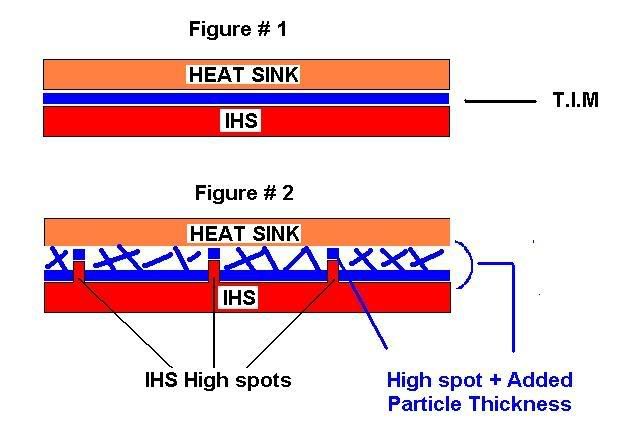Heck yeah!free samples ftw
I've always just applied a rice-grain sized drop in the center of the IHS and let the heatsink do the work.
Follow along with the video below to see how to install our site as a web app on your home screen.
Note: This feature may not be available in some browsers.
Heck yeah!free samples ftw



The guy is putting his money where his mouth is with the free samples.
pretty harsh words,[H] is wrong the pea size drop is the best method. It works perfect with IC Diamond every time. Anybody wanna try it out for their GPUs or CPUs PM me your name, email, and address for a free sample.
[H] is wrong the pea size drop is the best method. It works perfect with IC Diamond every time. Anybody wanna try it out for their GPUs or CPUs PM me your name, email, and address for a free sample.
just posting my findings. I got the IC diamond and holy crap that stuff is thick. i dont think i ever seen such a thick paste. it also hardens and peels off if you try and spread it with a razerblade. but i also want to mention if you do the peasize amount, it will not spread over the entire HS. it will spead to about a nickel size and remain at about a dime thickness, and thats with a huge HS pressing it down i imagine a retail HS will be even worse.
Another data point. Using Arctic Silver Ceramique, dot is the best.
http://www.hardwaresecrets.com/article/What-is-the-Best-Way-to-Apply-Thermal-Compound/1303/1